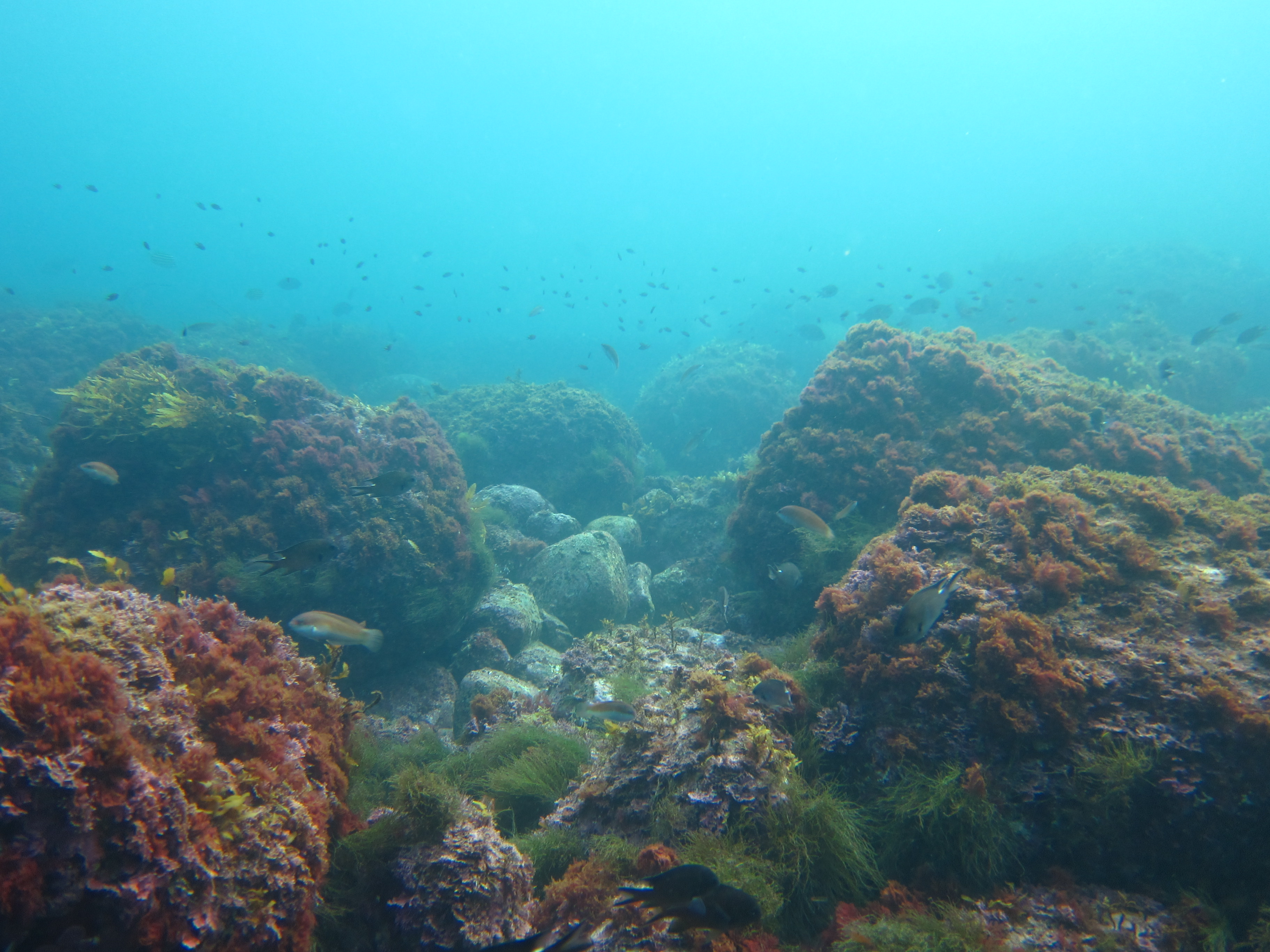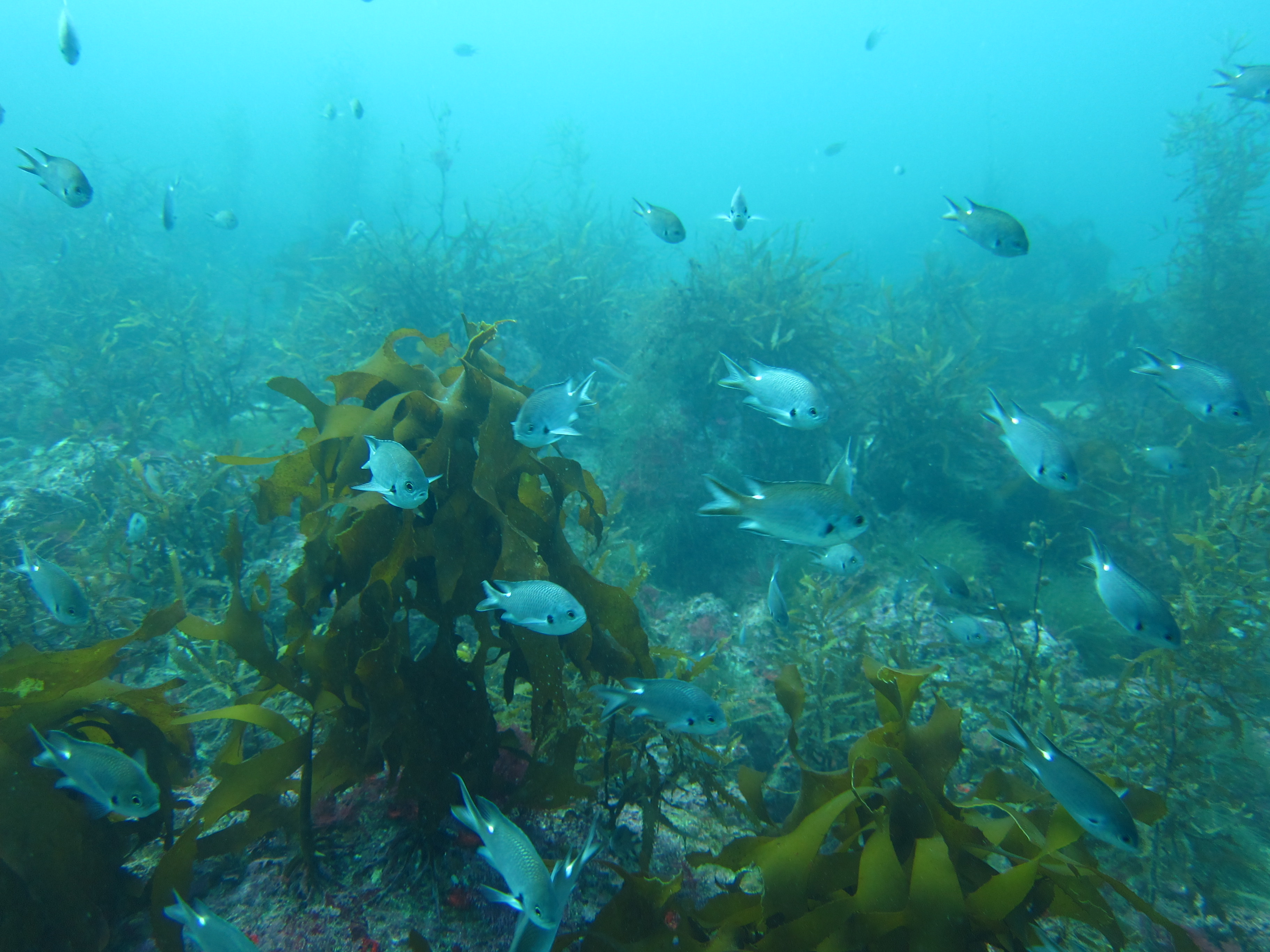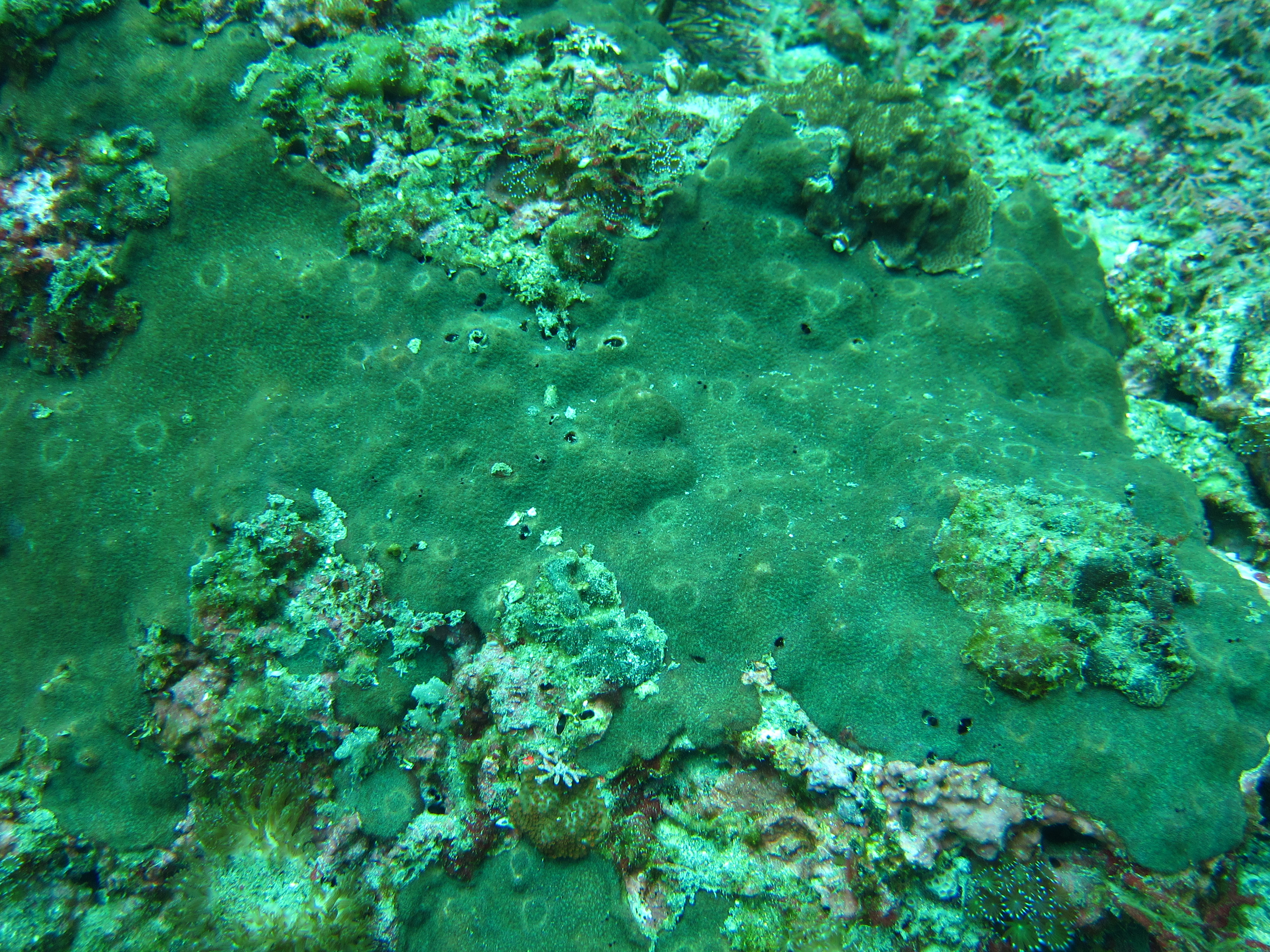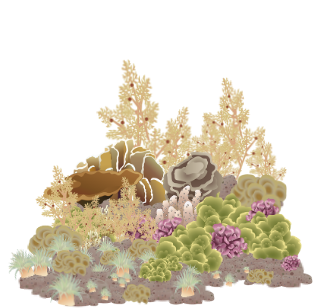Jeju Island, ocean warming's sentinel
As the earth faces anthropogenically-driven climate changes, marine ecosystems are facing a wide range of changes including intensification of severe weather events & increased sea surface temperatures.
The fastest ocean warmings have been observed in subtropical to temperate regions influenced by poleward-flowing boundary currents like the Kuroshio Current.
In parallel, tropical reefs have suffered rapid deterioration from repeated mass bleaching events, ocean acidification & numerous anthropogenic pressures.
In this context, subtropical and temperate environments could become potential refuge habitats for some vulnerable (sub)tropical taxa that have the ability to escape adverse conditions by tracking their optimal environments.
Therefore, it becomes crucially important to determine the extent to which high-latitude benthic communities could offer refuge to (sub)tropical taxa in the near future.
Furthermore, at many locations, the lack of quantitative data describing benthic community baselines often represents a limit to our interpretation of the changes that are happening.

Jeju survey (2012-2014) map
2012 - TAIKOR project: Describing high-latitude scleractinian communities in Jeju Island
While doing my second year of master's degree internship in Dr. Chaolun Allen Chen's lab (BRCAS, Taiwan), I got involved in the TAIKOR project to collaborate with
scientists from EWHA University (Seoul, South Korea) & KIOST (Busan, South Korea). In this project, we surveyed Jeju's Benthic communities at 5 & 15 m depths. We also
sampled coral colonies to document the diversity of zooxanthellae associated with
scleractinian corals in Jeju Island (de Palmas et al. 2014).Since the 2012-initial survey, three additional sites were added to the project (2013). Our findings have
already led to several publications (e.g., Denis et al. 2014a), especially on the
high coral cover & recruitment rate of Alveopora japonica
(Denis et al. 2014b, Denis et al. 2015).
Further publications are currently under review, describing the benthic compositions surrounding Jeju Island & investigating the warming of the ocean alongside the loss of
seasonality over the last 40 years (Ribas-Deulofeu et al., under review). This paper will provide us with the necessary baseline knowledge on Jeju's benthic composition
upon which we will be able to quantify the extent of tropicalization of these communities & their abilities to serve as high-latitude refuges to tropical taxa in the near future.
Alveopora japonica & the local decline of the endemic kelp Ecklonia cava
During our survey in October 2012, we observed wide beds of Alveopora japonica covering an estimated area >1Ha, between 10-17 m depth in Biyangdo at the western corner of Jeju Island (Denis et al. 2013). This field was punctuated by stands of the endemic Kelp Ecklonia cava. This observation in Jeju Island brought to light a similar pattern than previously observed in certain marginal regions of Japan, suggesting potential persistent shifts from kelp-dominated forests to coral-dominated states. Further investigations in October 2013 on A. japonica showed an extraordinarily high density of recruits (7,590±660 recruits/m2). A. japonica may be colonizing Jeju Island & other marginal regions more aggressively than previously expected & need to be the focus of further research in high-latitude regions, especially as it is likely to induced important loss of economically important kelp species such as E. cava in these regions.


New scleractinian coral species records
To date, 28 species of scleractinian corals have been mentioned as inhabiting Jeju Island waters. Among them, our team was the first to report
the presence of Psammocora albopicta in Jeju Island (Denis et al. 2014).
In 2012, our team observed P. albopicta in three surveyed sites: Biyangdo, Jigwido & Seogwipo from 5 to 10 m depth. At these locations, we also noted the
association between P. albopicta & the bivalve Leiosolenus lischkei, which constitute a new host record for L. lischkei.
Further efforts in describing scleractinian corals & their associated organisms inhabiting Jeju Island as well as the other high-latitude outlying coral communities
of South Korea need to be pursued. With the recent lift of the Covid-associated traveling restrictions, I hope to resume our work in South Korea & continue my collaborations
with my Korean partners.

